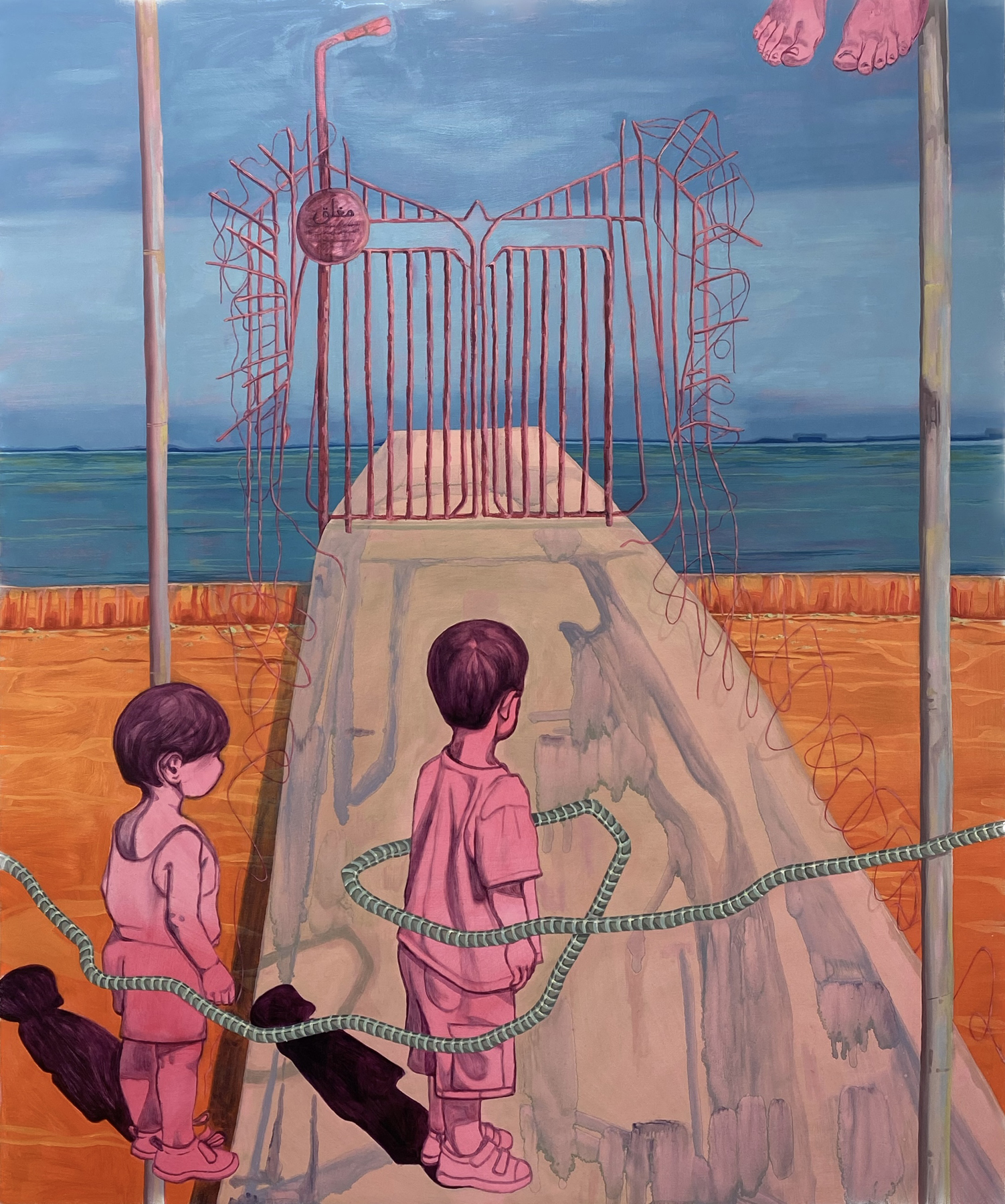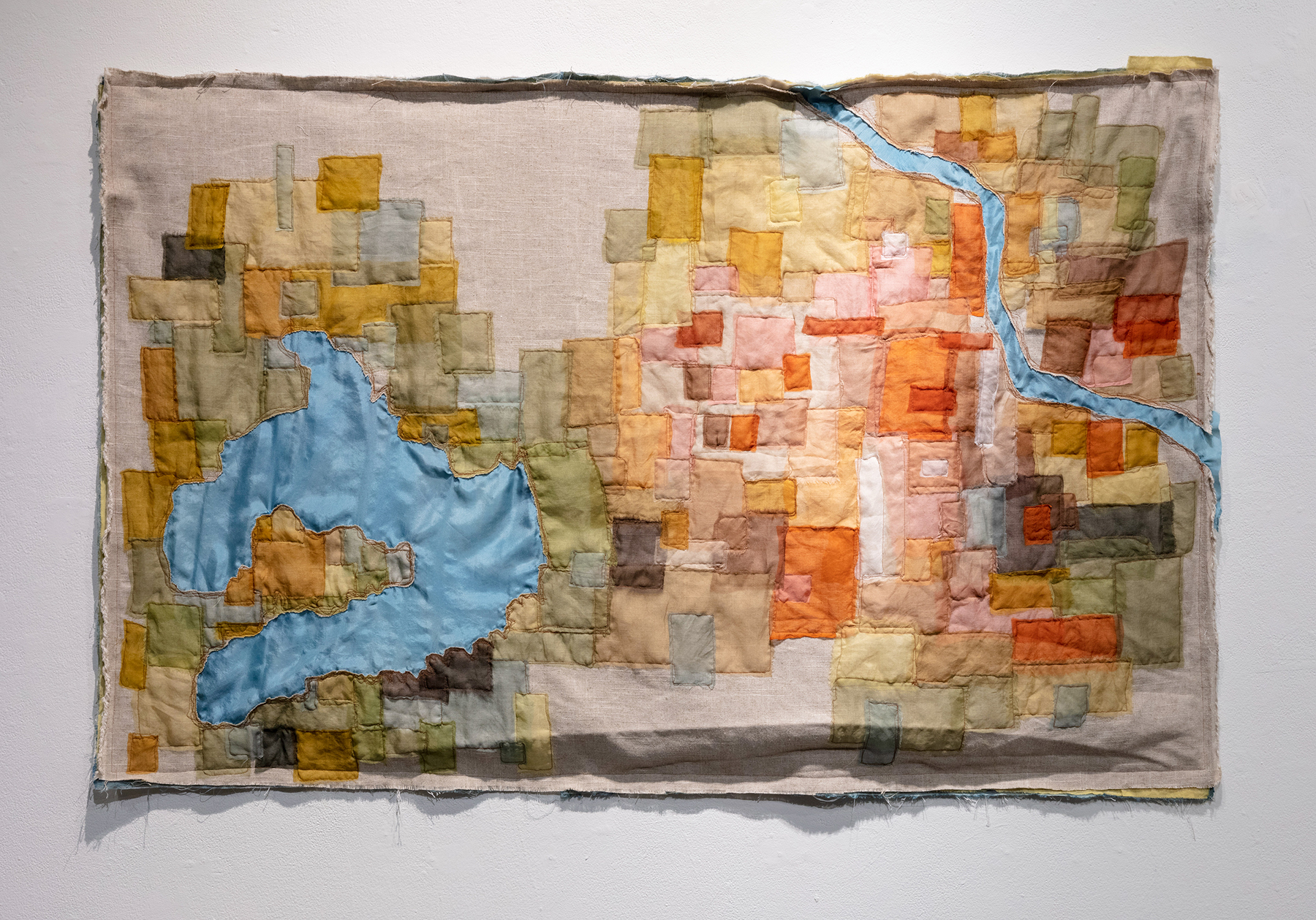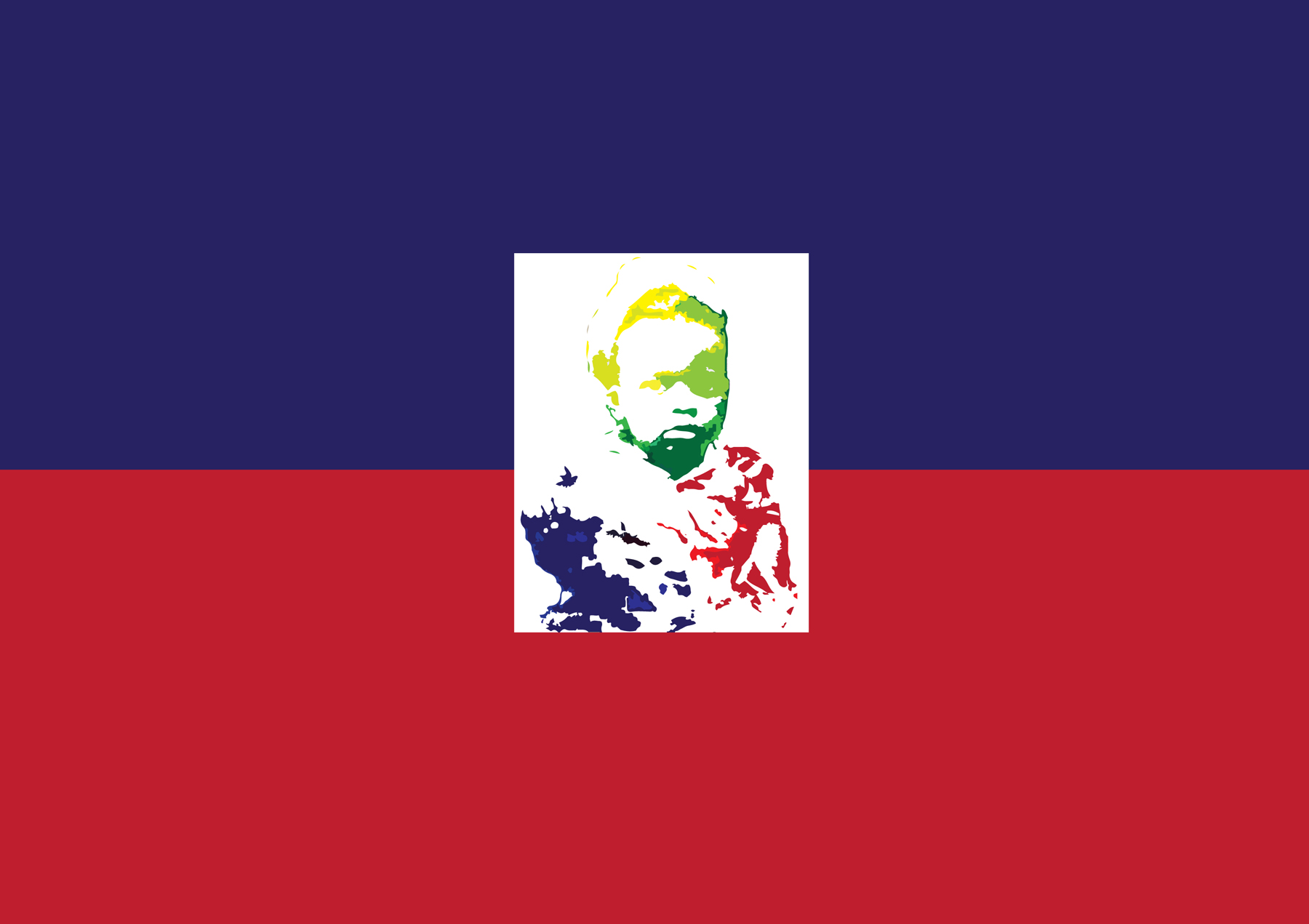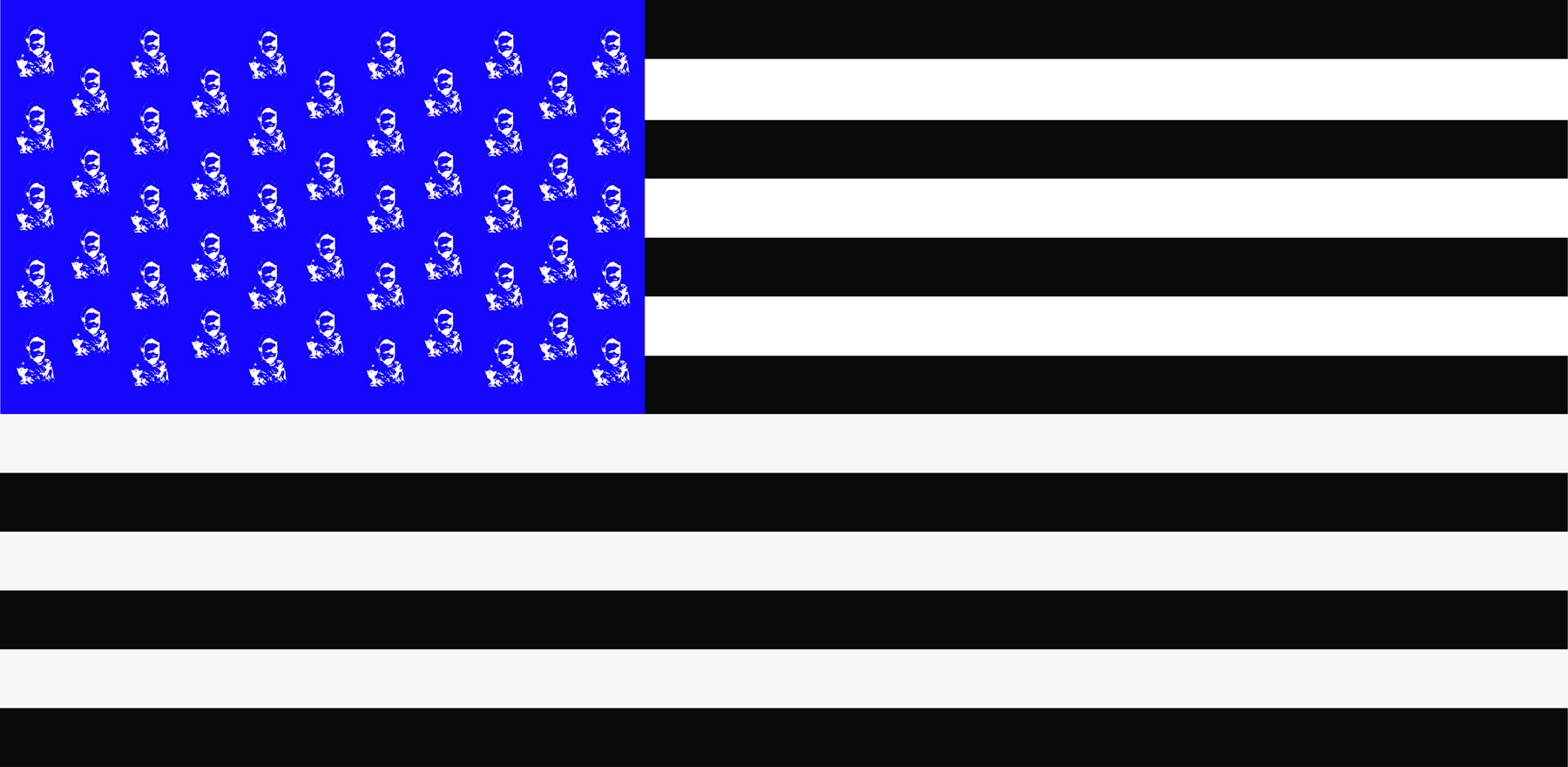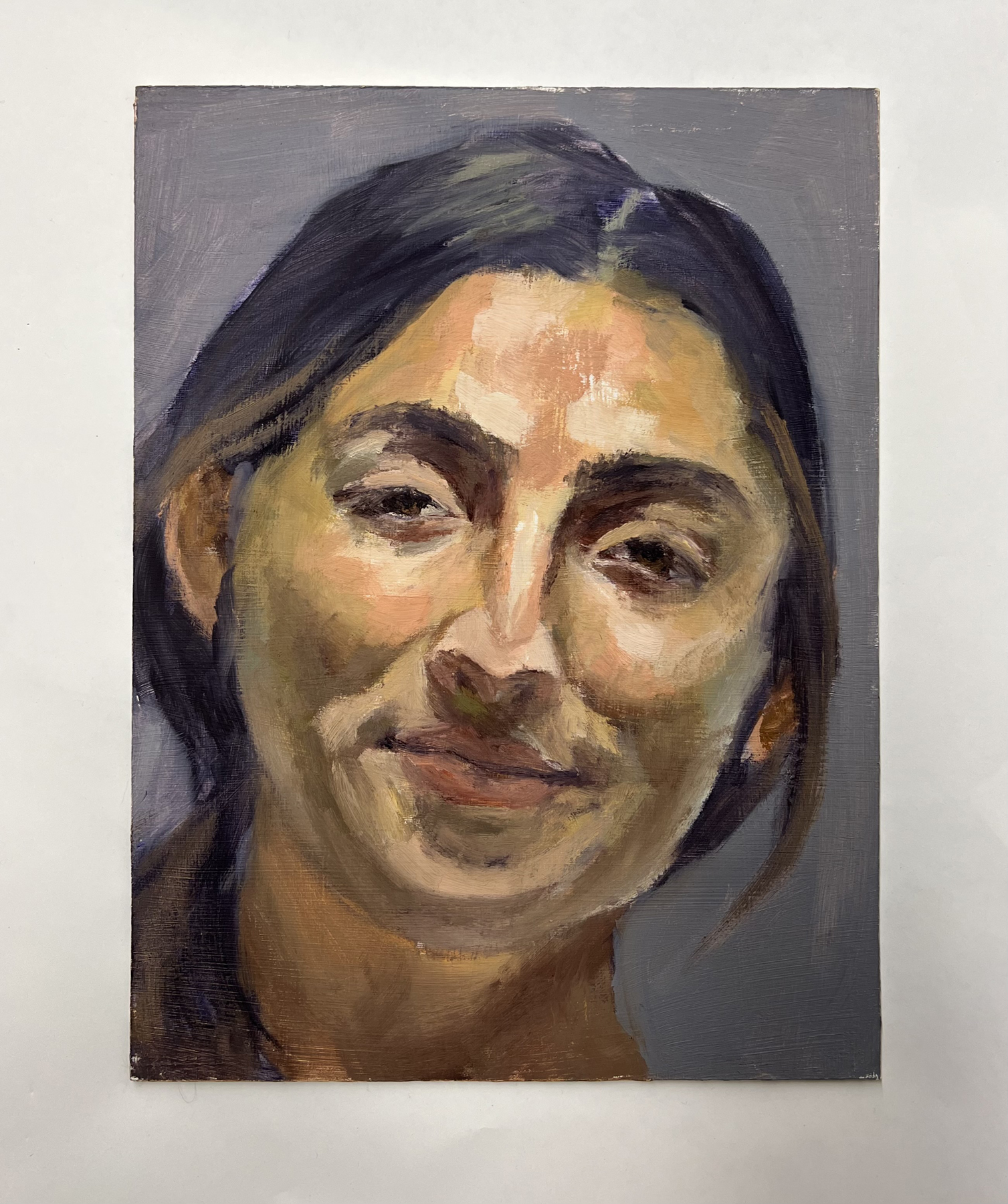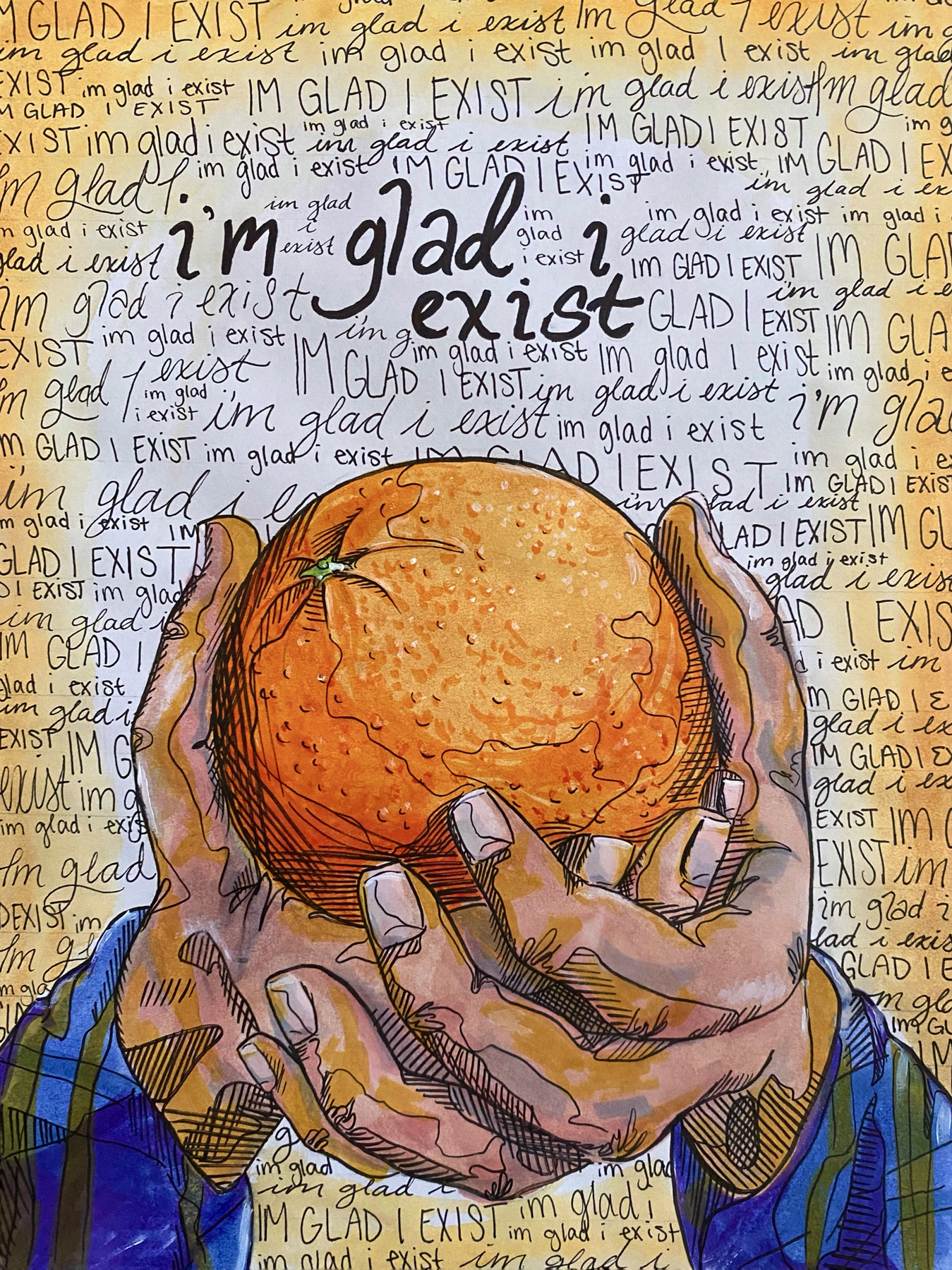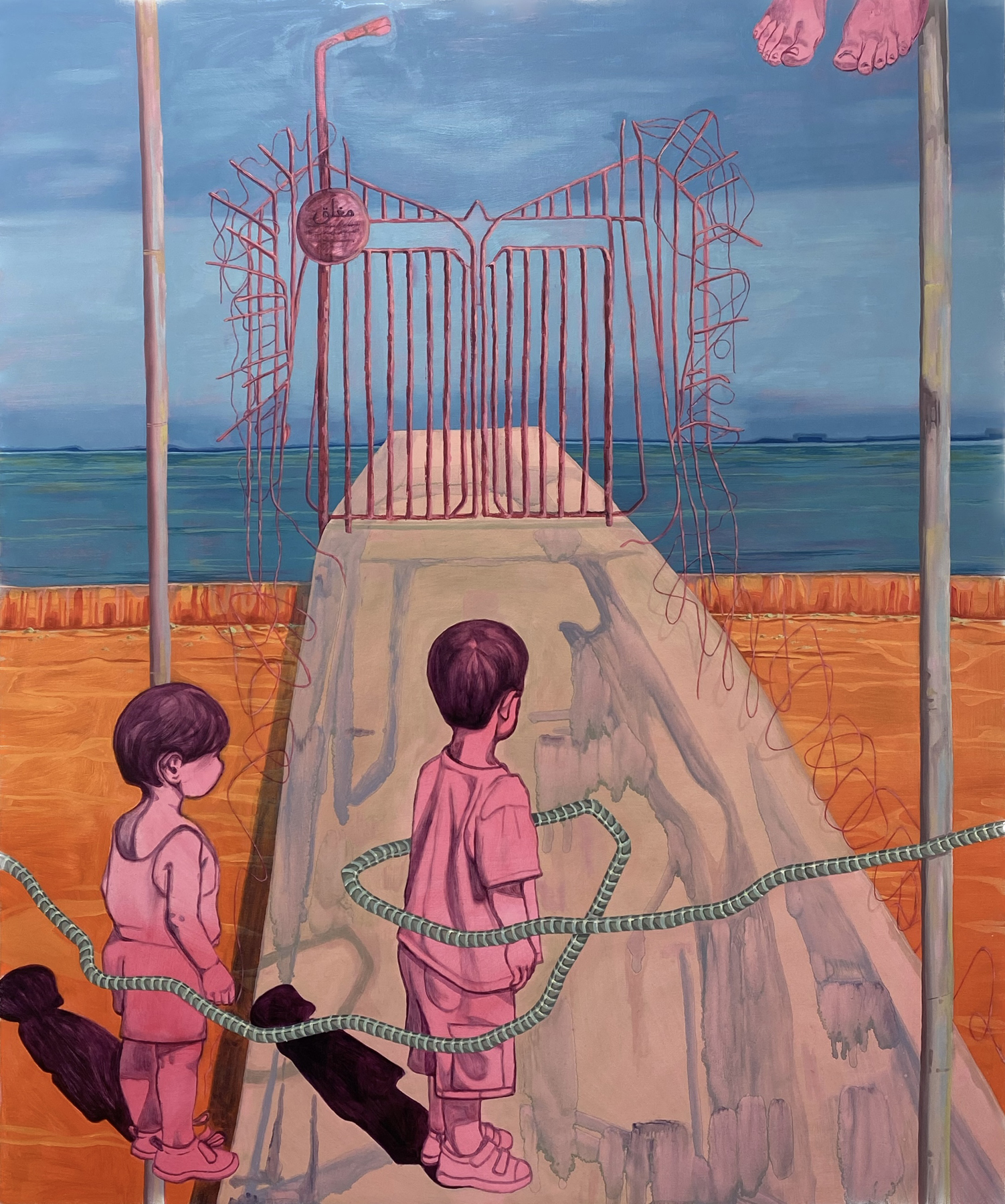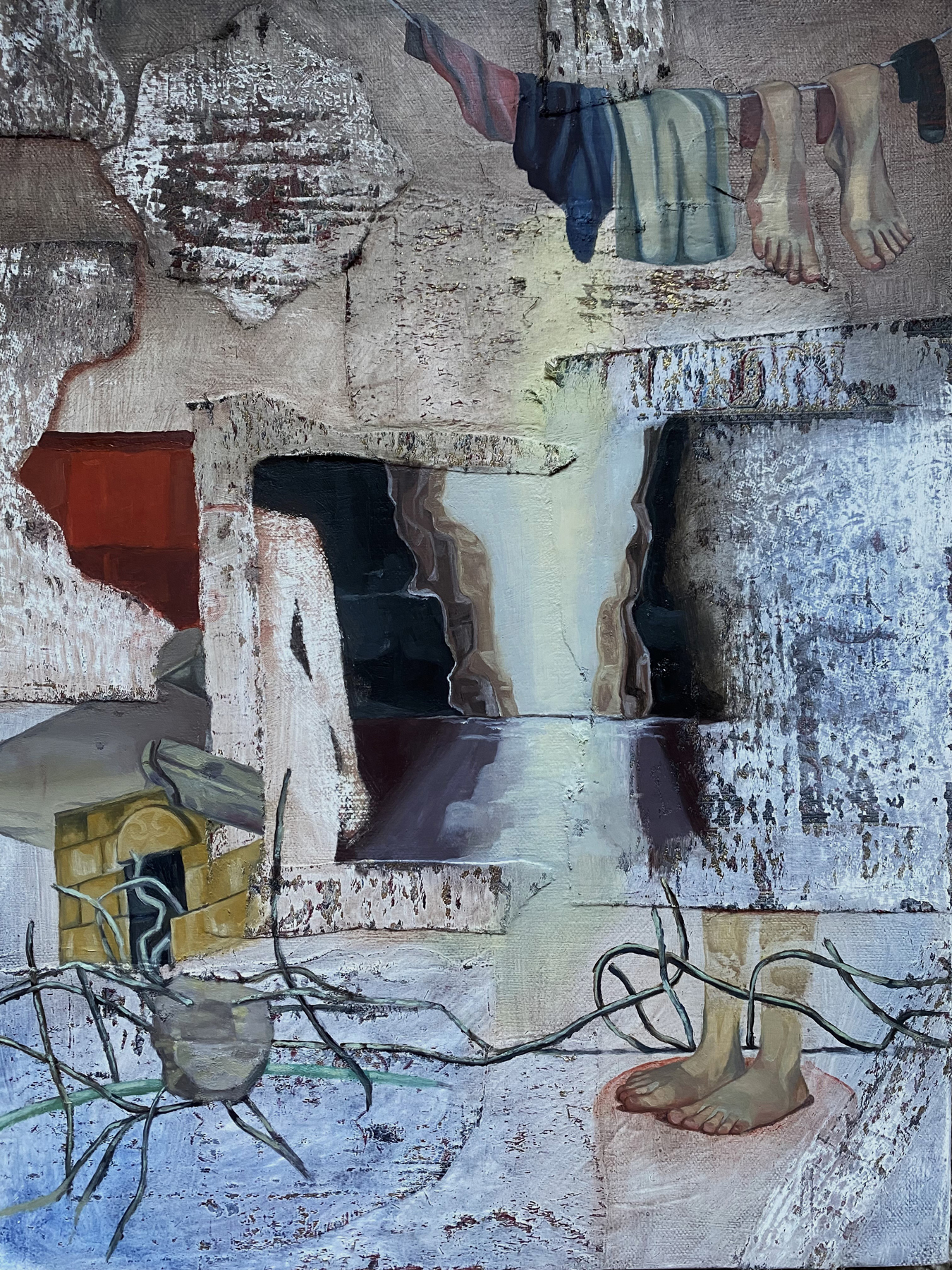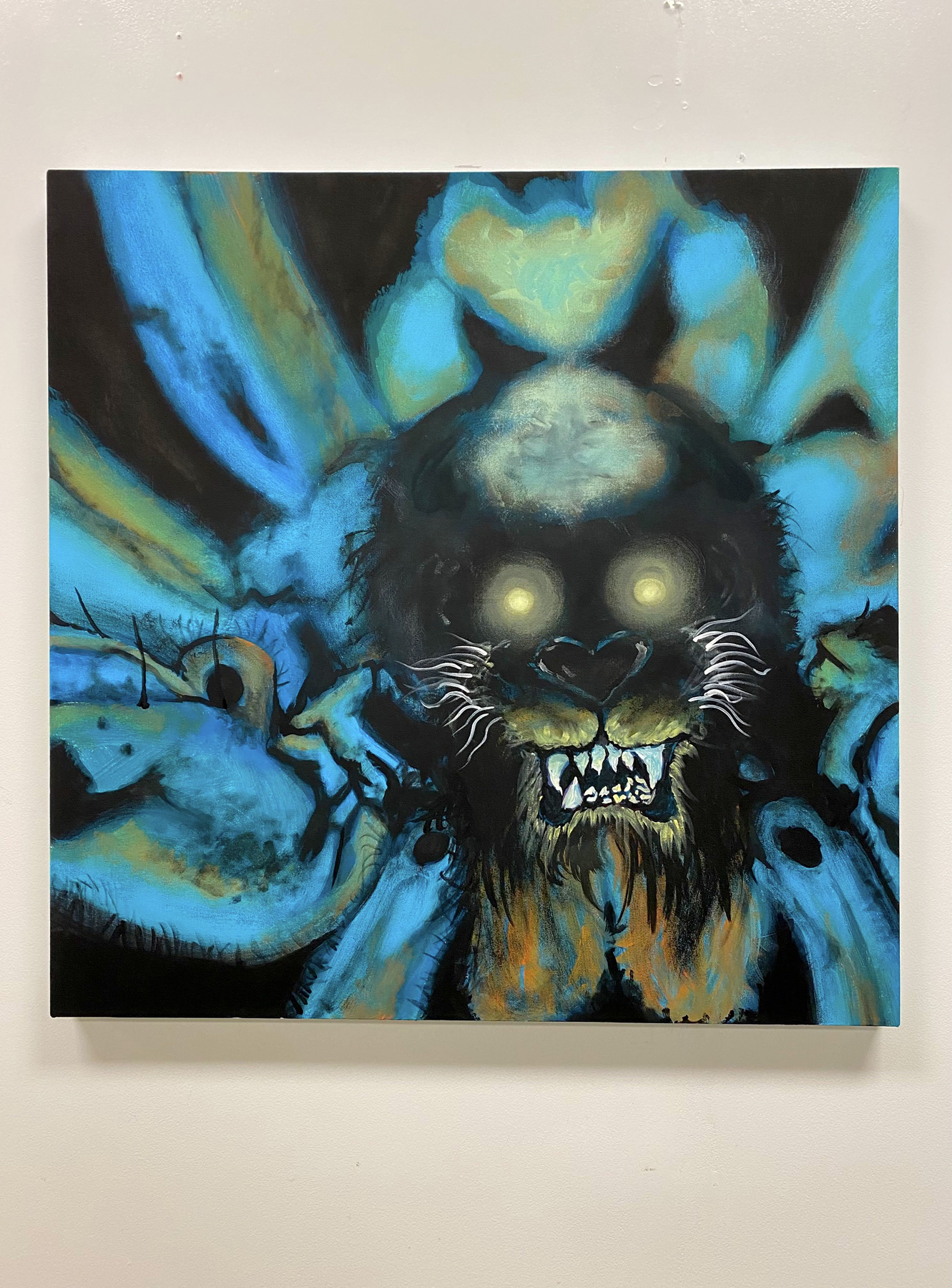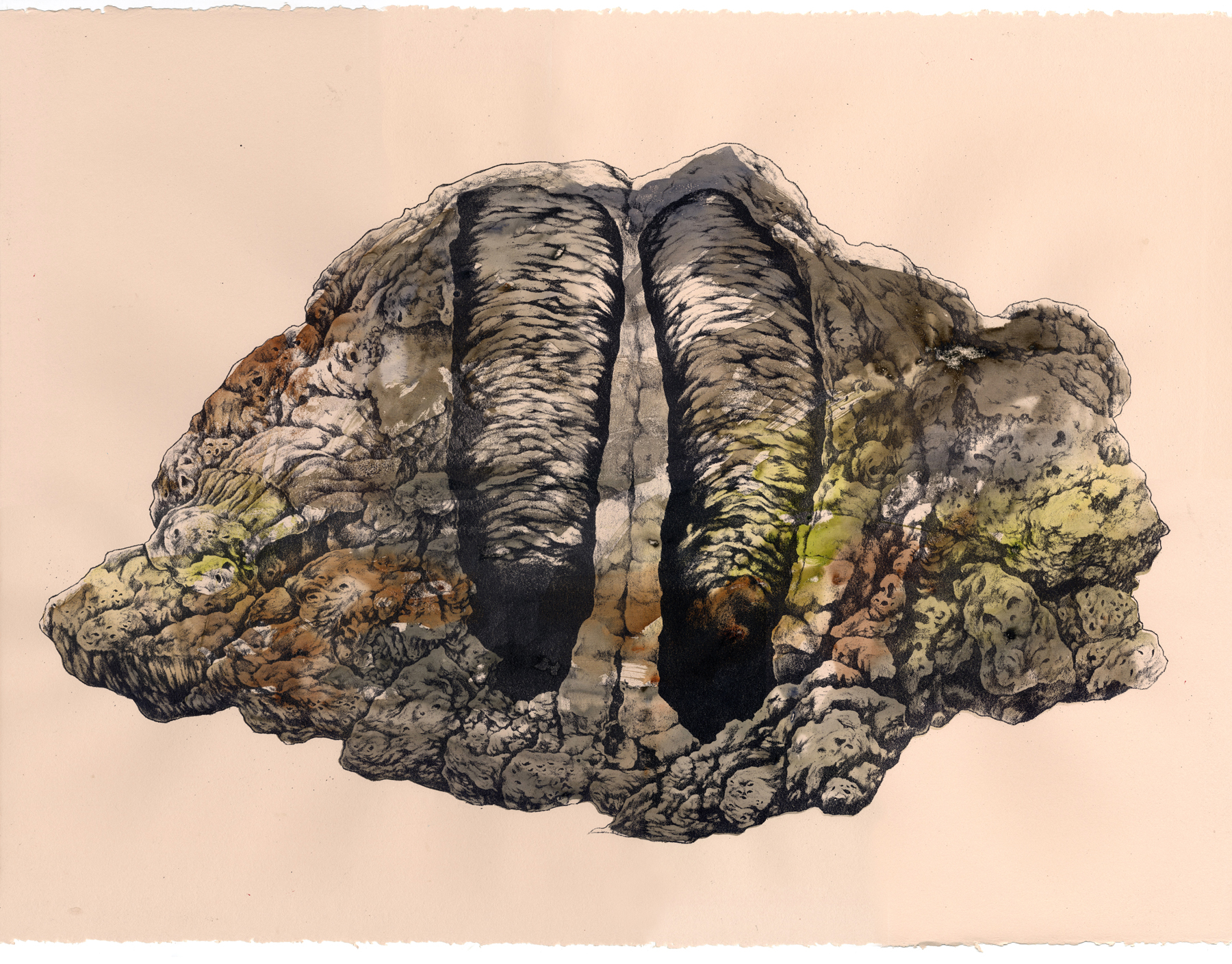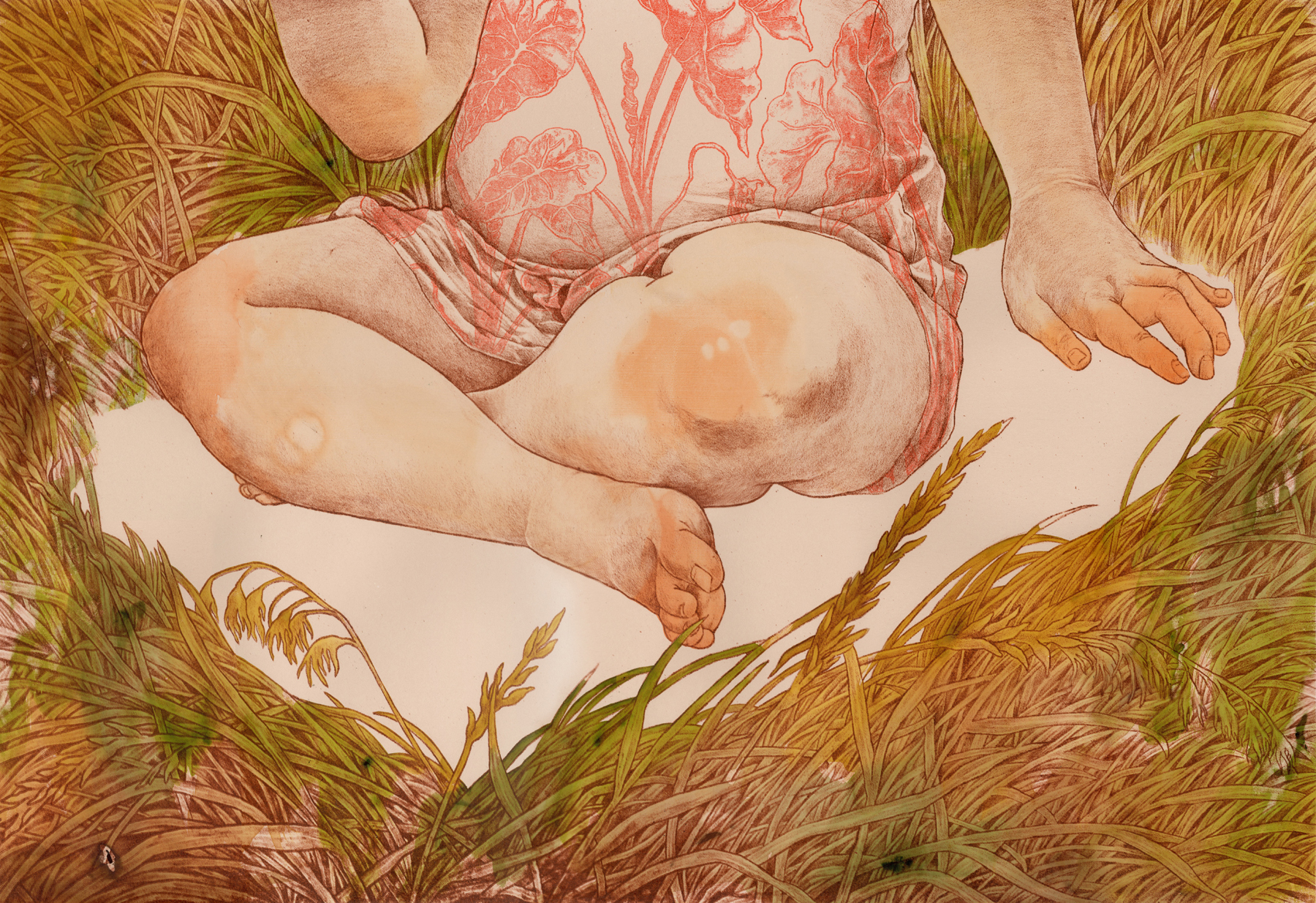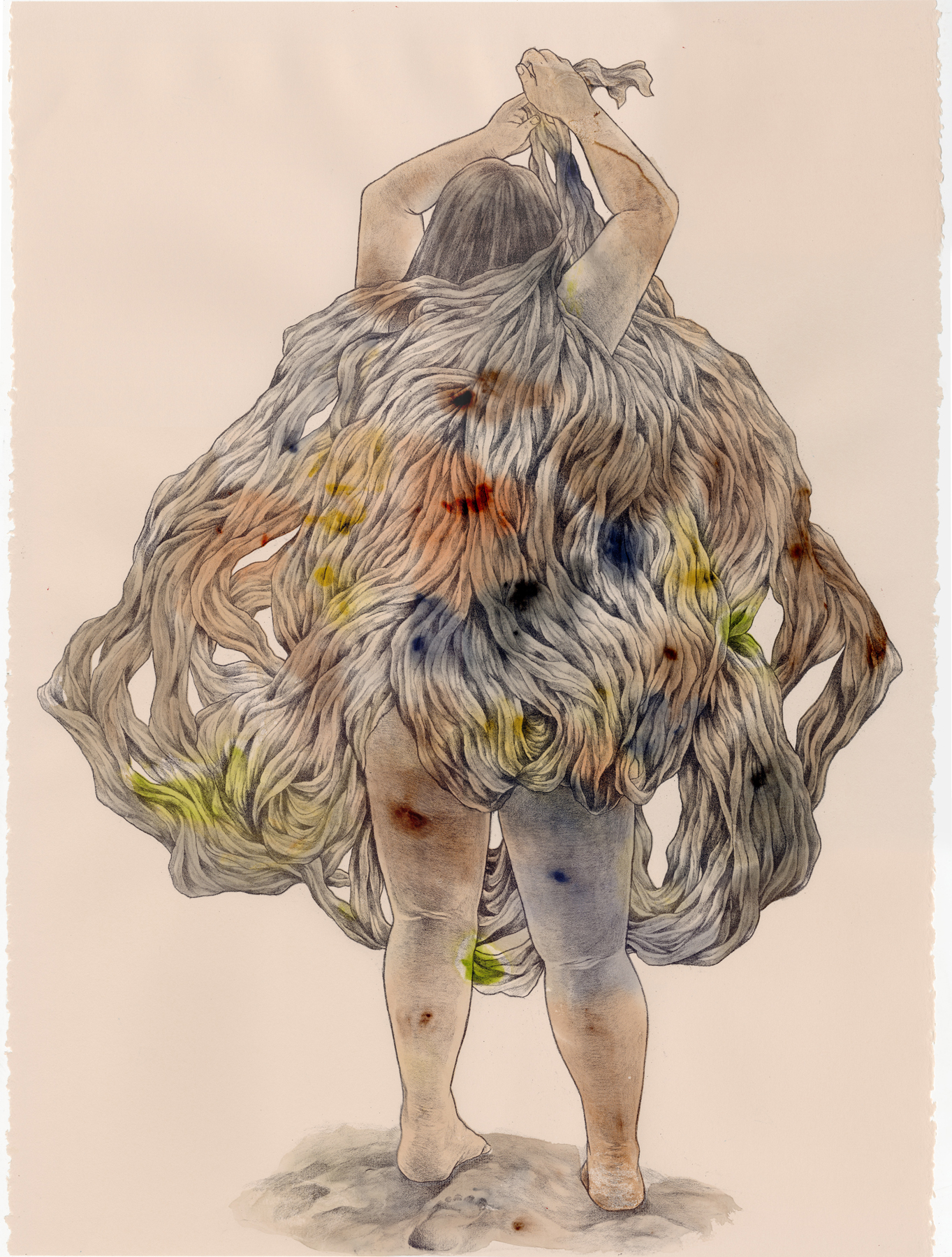Our Positions
The 2023 Student Juried Art Show Our Positions explores the physical and metaphysical orientations of places, thoughts, people, opinions, and memories that impact our lives. Students at the University of Kansas and Haskell Indian Nations University were invited to submit works that illuminated their position, defined or deconstructed placement and displacement, or revealed the intersections of relationships between artist and audience. The works featured in this show were selected by a committee of students on the Spencer Student Advisory Board.
Three submissions received Brosseau Art Awards: Kirsten Taylor received Best in Show for Map of Reciporicity, Nada Bayazid received an honorable mention for Where Will Those Feet Take You, and Tiana Honda received an honorable mention for kīpuka amongst the tallgrass.
The 2023 Student Juried Art Show Our Positions explores the physical and metaphysical orientations of places, thoughts, people, opinions, and memories that impact our lives. Students at the University of Kansas and Haskell Indian Nations University were invited to submit works that illuminated their position, defined or deconstructed placement and displacement, or revealed the intersections of relationships between artist and audience. The works featured in this show were selected by a committee of students on the Spencer Student Advisory Board.
Three submissions received Brosseau Art Awards: Kirsten Taylor received Best in Show for Map of Reciporicity, Nada Bayazid received an honorable mention for Where Will Those Feet Take You, and Tiana Honda received an honorable mention for kīpuka amongst the tallgrass.

